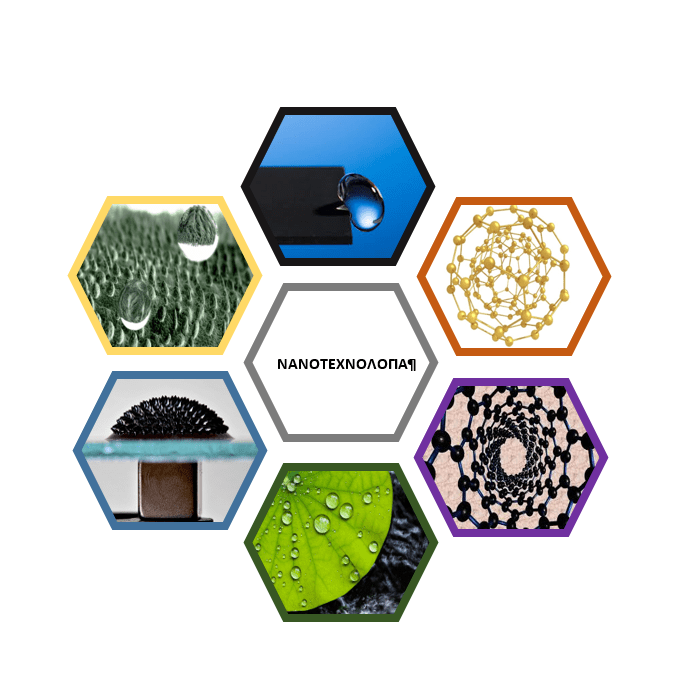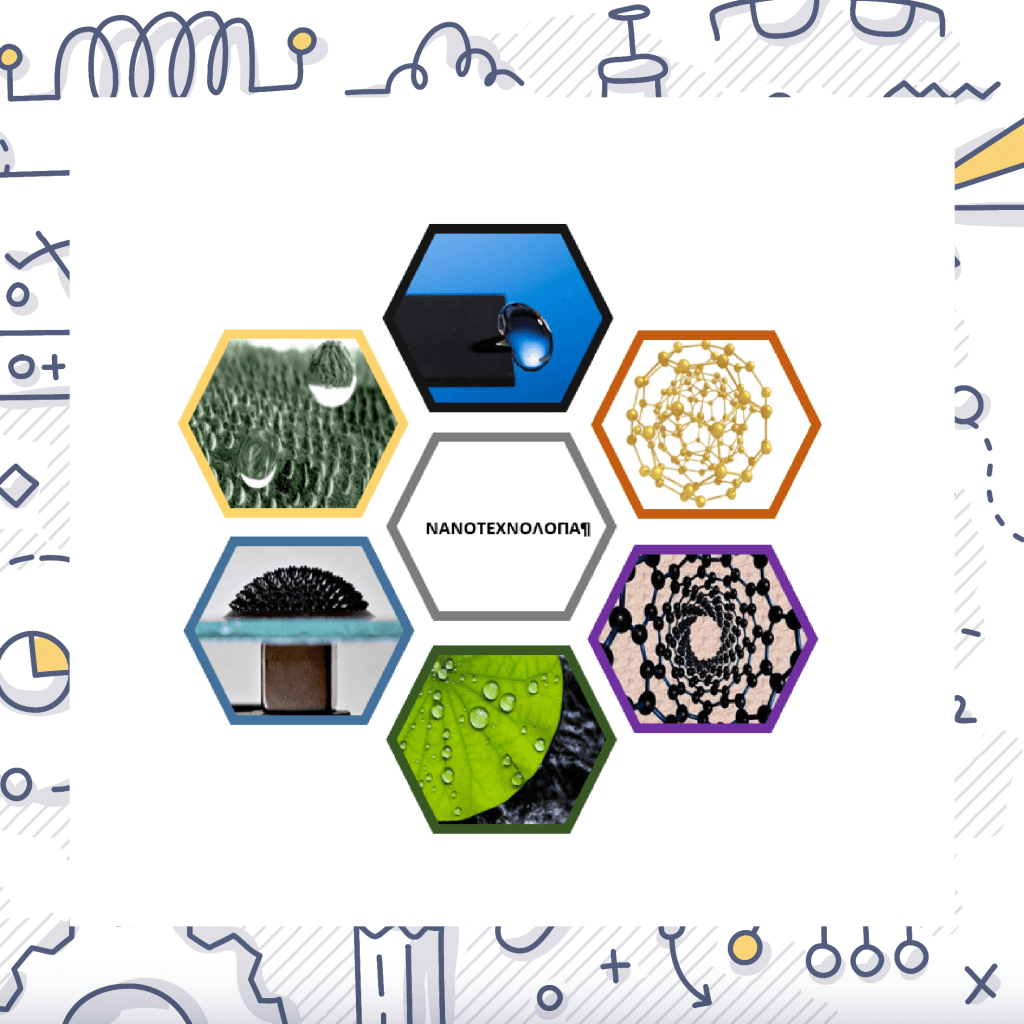Science

Nanotechnology program is a short-term laboratory where students will discover a new world, the nano-world. This is a world where our search focuses on atoms, their movements and the interactions between them in microworld. This search leads to the understanding of an exceptional new technology, nanotechnology, which aims to create materials with unique and customized properties. Many of these properties are already found in nature and our goal is to adapt them to modern technological needs. And the result is amazing: self-cleaning windows, invisible materials, unbreakable glasses and even self-repairing materials.
Purpose of the program (Students)
The purpose of “Nanotechnology” program is to familiarize students with a new innovative technology and make them understand how the self-organization and structure of atoms can affect the properties of materials. They will also learn how we can control the properties of materials and become familiar with the applications of nanotechnology in modern industry. They gain knowledge that is a valuable tool in the hands of scientists today and will make their own smart materials.
Topics:
Topic 1: What is nanotechnology? Lotus effect and nanolayer applications.
Topic 2: Hydrophobic surfaces
Topic 3: Hydrophilic surface – Hydrophilic polymers
Topic 4: Make your own hydrophilic surface
Topic 5: Chemical modification – Scratch resistant surfaces
Topic 6: Chemical Modification –Fireproof surfaces
Topic 7: Glass conductivity
Topic 8: Ferromagnetic fluids
Topic 9: Density separation – Make your own ferromagnetic material
Topic 10: Gold nanoparticles- Tyndall effect
Topic 11: Make your own gold nanoparticles. How does a pregnancy test work?
Topic 12: Memory metal
Topic 13: From sand to silica waffer
Topic 14: Fire spitting, Super-hydrophobic materials
Topic 15: Graphene, what it is and how it is made, Self healing materials
Interdisciplinary Knowledge:
- Physics: electricity, magnetism, conductivity, properties of conductors
- Chemistry: polymers, metal properties, colloidal properties, material properties, carbon chemistry, chemical reactions, chemical modification
- Biology: plants, hydrophilic hydrophobic surfaces, lotus properties, lycopene properties, amino acids, proteins, enzymes
